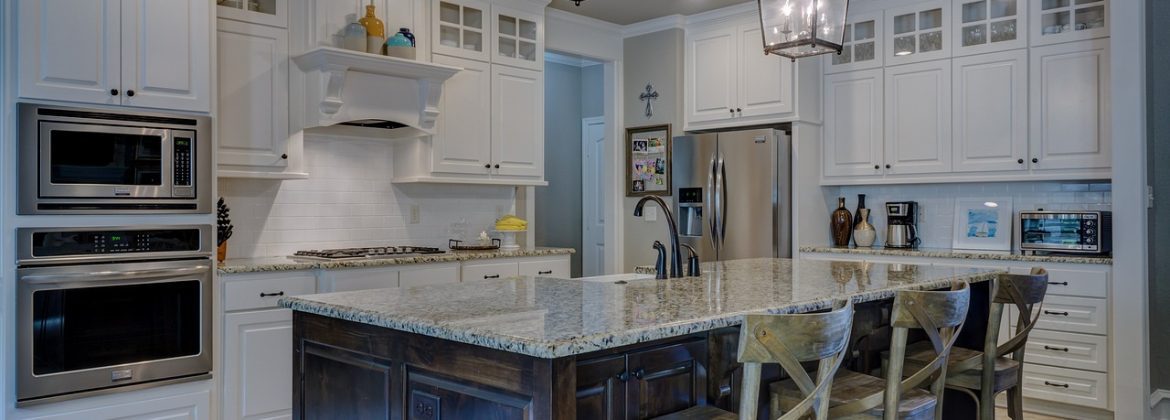Finding the right kitchen remodeling contractors is crucial to the success of your kitchen renovation project. Do thorough research and seek recommendations from friends, family, or colleagues who have recently completed a kitchen remodeling process in Houston. Look for the best kitchen remodeling company with experience in kitchen remodeling, proper licenses and certifications, and positive customer reviews. Request quotes from multiple contractors and compare them carefully to make an informed decision.
When hiring a contractor, it’s important to communicate your goals, budget, and timeline clearly. A reliable contractor will work closely with you to understand your vision and provide expert advice on the best approach for your kitchen remodel. They will also provide a detailed contract outlining the scope of work, timeline, and payment schedule.



